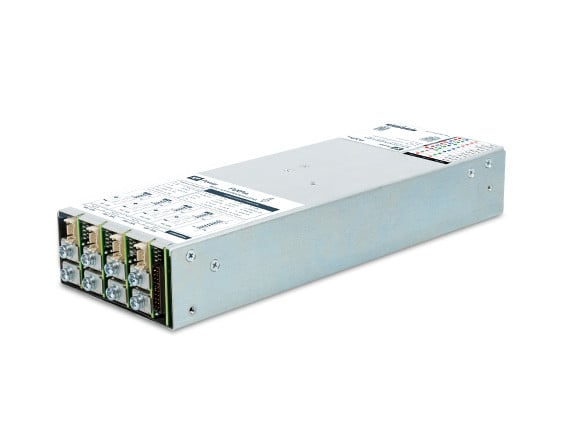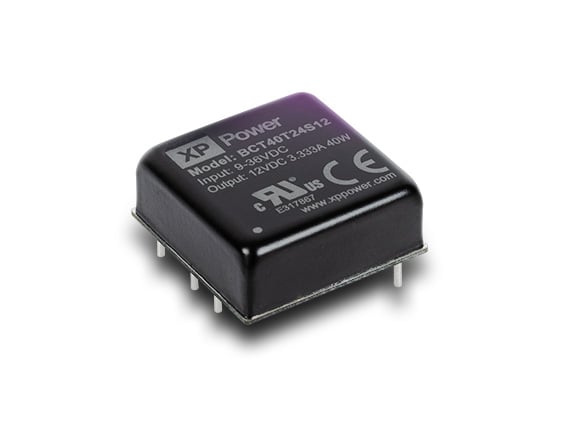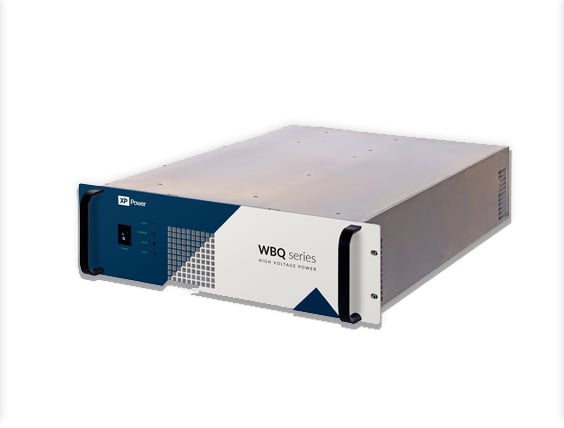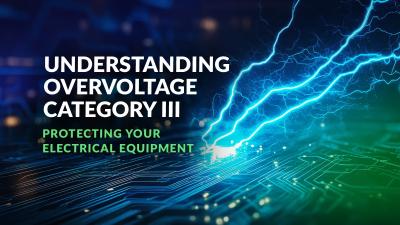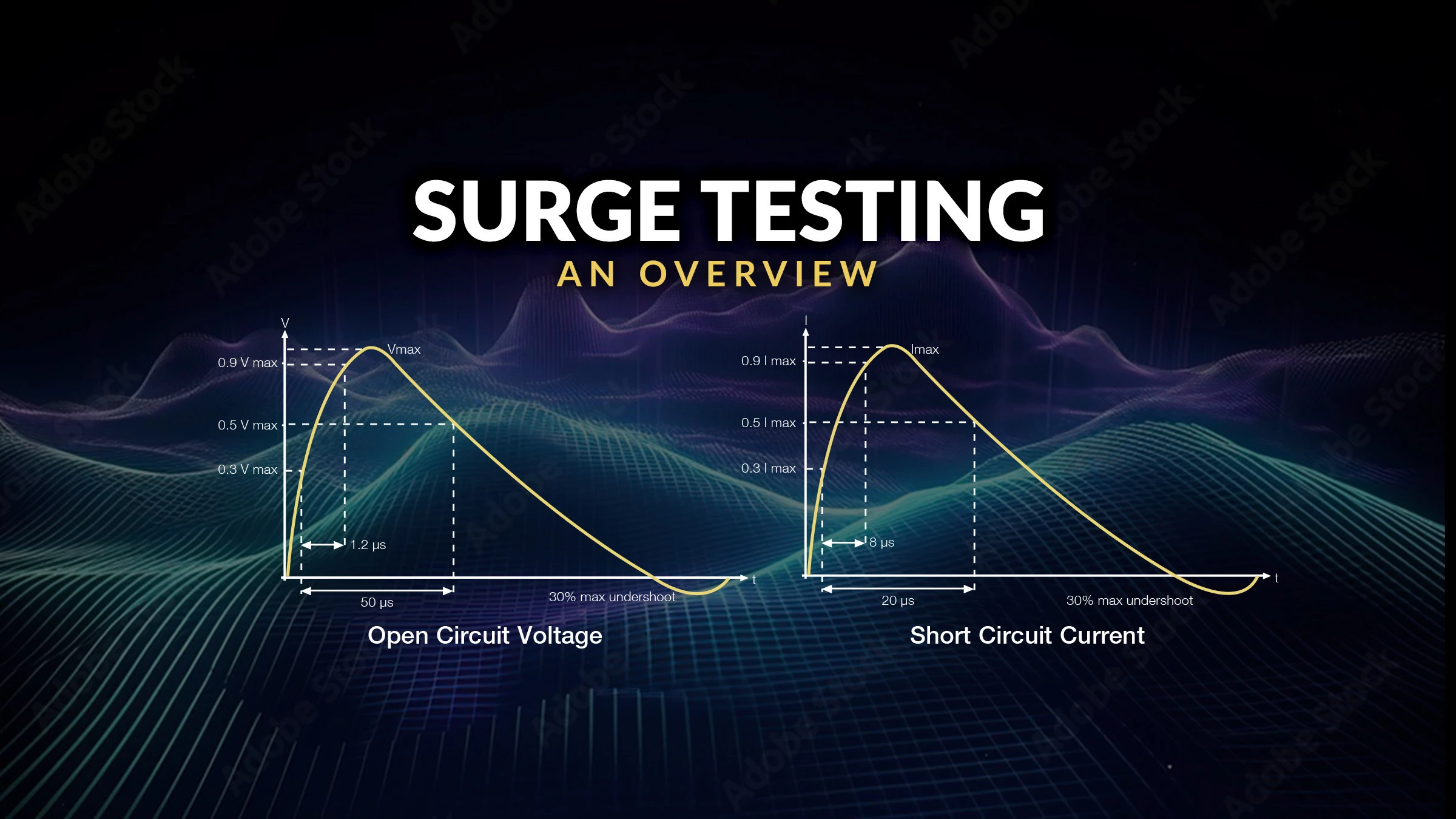
Our Regional Applications Engineer discusses why surge testing is vital for making sure equipment is protected from unexpected voltage spikes or power surges.
Overview
- Discover how surge testing is used to make sure your end equipment performs properly
- Understand the criteria for determining your end system performance level if a surge occurs
- Find out what to do when your system has surge failure
- Get tips from the experts for successful surge testing
One of the core immunity tests that electrical and electronic equipment is subjected to is input surge testing. The test method for this is IEC61000-4-5 and the limits are defined by end system requirements.
Determining system performance during high voltage deviations
A surge test subjects the system to voltage spikes on top of the nominal voltage input to the system. These spikes are representative of voltage fluctuations that occur from causes such as large motor drives, nearby lightning strikes, etc.
High voltage deviations can cause a variety of issues when applied to a system not designed to handle them. Testing ensures that the end equipment will give the level of performance needed for your application.
Maintaining the performance of mission-critical systems
In some applications, it may be acceptable for a user to manually reset a device after a surge event if a system has shut down. However, this is usually not allowed for mission-critical systems which must continue operating error-free during the entire event.
Installation class 3 testing for commercial power supplies
The test levels applied during a surge test are defined by the Installation Class that is called out for the end system. Most commercially available power supplies are independently tested to Installation Class 3 which calls for 2kV surges between Line/Neutral and Ground (common mode) and 1kV surges between Line and Neutral (differential mode).
Criteria for defining the required performance of an end system
The performance criteria define the level of performance an end system needs to have in response to the application of the surge.
They are graded on a simple A, B, and C rating.
- Performance Criteria A means that there is no change in the system because of the test.
- Performance Criteria B means that the system does change during the test, but auto-recovers after the surge event.
- Performance Criteria C means that the user must intervene with the system after the event such as clearing an error code or restarting the system. If the system is damaged from the surge this would be considered a failure.
Determining power supply performance when tested in isolation
Although it's fairly easy to determine whether end equipment performance criteria is A, B, or C, it is less straightforward to determine the essential performance of a power supply tested in isolation. IEC61000-4-5 details how the voltage spike is generated, when it occurs, how often it occurs and the duration between spikes. However, the determination of the performance criteria (A, B or C) is left to the device or equipment manufacturer.
Monitoring output deviation to show essential performance
The power supply industry, in conjunction with accredited test laboratories, still relies on monitoring the output with a standard moving coil or digital voltmeter and checking to see if it deviates during and after the test.
In most situations, this is adequate to determine essential performance to show that the power supply has continued to operate without interruption to the DC output. Occasionally, issues arise where the end equipment is sensitive to momentary voltage deviations, or ground disturbances.
Detecting disturbances outside a standard voltmeter range
Due to the input-to-output capacitance of the power supply, such momentary disturbances may exist that would not be detected with a standard voltmeter. You would need an oscilloscope to detect these disturbances.
In practice, this is challenging as the surge voltages are high and have enough energy to create radiated disturbances and ground disturbances that are detected at the oscilloscope. If the oscilloscope set up isn’t done adequately, you could get incorrect conclusions regarding the performance of the supply.
What to do when your system has surge failures
The first thing to check is that the surge test is being carried out correctly and that the test interval between surges is performed at 60 seconds. The standard does allow you to speed up the test by reducing the interval between surge applications.
However, if your system fails the test at reduced intervals, the 60-second interval should be applied allowing sufficient time for discharge between surges.
Tips for surge testing success
Here are some suggestions to avoid problems when surge testing:
Avoid performance degradation through repeated testing
The surge test stresses certain components within the supply which are degraded by repeatedly testing the same individual unit such as an MOV. Be aware this may cause the performance to degrade.
Resolve disturbances on the DC supply or ground plane
Momentary disturbances on the DC supply or ground plane affecting the end equipment can be resolved by connecting a capacitor across the DC supply close to the load connection point. This will present a low impedance at the critical connection point, reducing the magnitude of any disturbances seen on the voltage inside the system.
Mitigate problems if you have an earth ground connection
If the system has an earth ground connection, a ferrite on the earth ground wire with 2-3 turns through it close to the system’s AC input can help. This will reduce the magnitude of the surge voltage which in turn reduces the stress to the supply. We have seen good results using this approach in sensitive applications.
Route power cables effectively
A common source of issues is the power cable routing within the system. It is best to keep AC input wiring and DC cabling apart and away from sensitive low voltage circuitry.
Summary
Surge testing helps ensure the resilience and reliability of your system. By subjecting your system to surge testing, you can identify and mitigate potential vulnerabilities or weaknesses in the end system that could lead to failures during voltage spikes or power surges.
With a global technical support team and an extensive power supplies portfolio, please contact us with any questions you may have.
